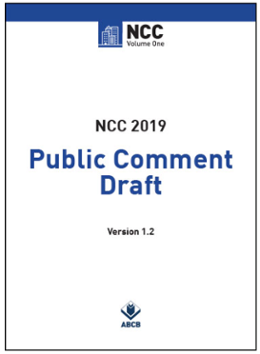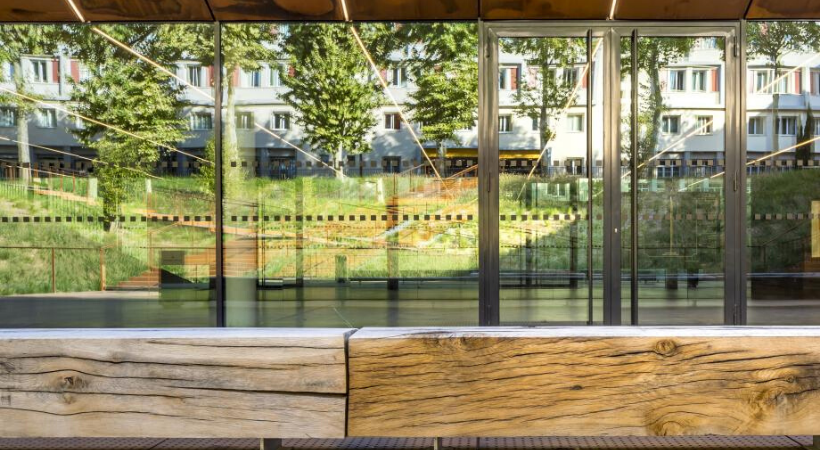The 2019 National Construction Code (NCC) is now imminent and if it seems like it’s been a while since the last major release, it has been a long but welcome 3 years since the Australian Building Codes Board shifted to triennial updates.
The proposed changes include a complete rewrite to the way the building fabric is assessed under Section J (Energy Efficiency). The Australian Building Codes Board (ABCB) committee working on this update claim to have “rewritten Section J in its entirety" [1] which is powerfully showcased through the 30% average increase to the energy efficiency stringency requirements.
So what does this mean to you, as a builder or an architect? How is this going to affect your project and does this mean an increased financial strain on your budget to comply with these new energy efficiency targets? In short it depends what climate zone you are building and to what extent how much renewable energy mix is within your local energy supply. The below table indicates the expected construction cost reduction or increased to comply with the new NCC based on your climate zone refer map below.
[1]Dr Paul Bannister – Reviewer for Energy Efficiency in Commercial Buildings DTS Modelling Report 2018 by Energy Action
Estimated Cost Changes
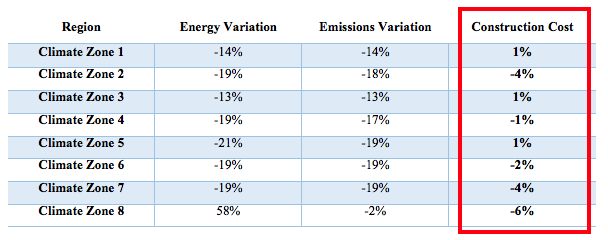
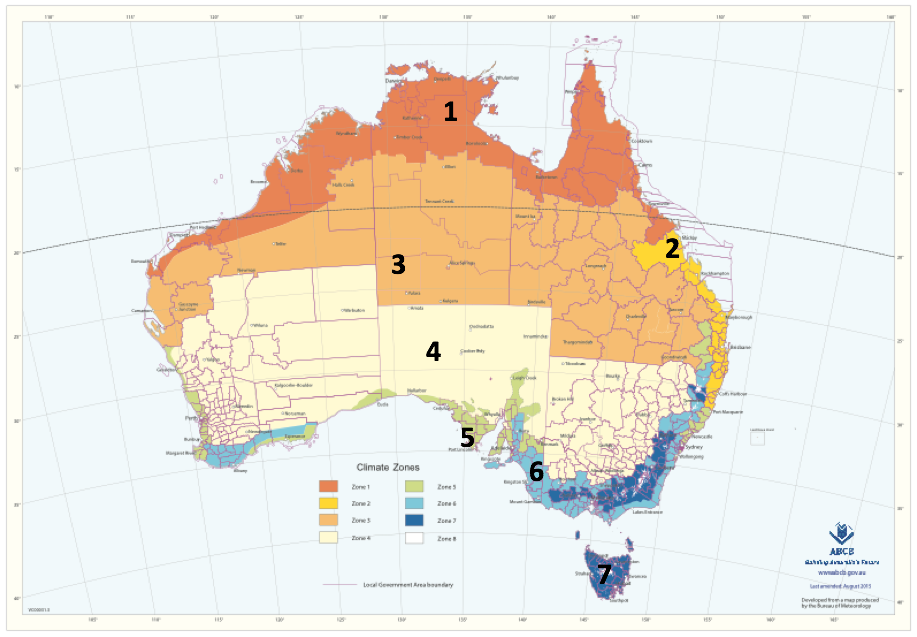
Table 1Reference: Table 5 - Results from the comparison between 5A 40% WWR models for both NCC2016 and NCC2019 (Energy Action NCC Section J Modelling Update)
What are the prominent changes you can expect within a Section J report?
The primary and most blatant modification in the Section J assessment, is the building fabric and glazing section which is now combined to be Part J1 Building Fabric and Glazing. This means the envelope will be considered at a macro level in which “wall-glazing construction” will be measured together rather than assessing it separately as fabric and glazing components, in short a window is now a wall.

Furthermore, a new factor has been introduced called the FSA – façade solar admittance, which calculates the maximum solar admittance to the 4 facades. Alongside these 4 facades, the orientations have also been reduced to 4 (North, South, East and West) merely to simplify the calculation process. The effect of both of these modifications means the overall U values and Solar Heat Gain Coefficients are much more stringent. Therefore, in order to meet the requirements for SHGC, the focus needs to be shifted from installing curtain wall facades to buildings with shading devices and tinted glazing.
The Different Methods for compliance –
1) JV3
Another interesting change is the performance pathway solution which now has more options to show compliance. Typically, JV3 solution is the preferred pathway to show compliance through an alternate solution. Previously this verification method was measured under the Deemed to Satisfy (DTS) performance requirement (measured in kWh), however the quantitative comparison has been proposed to change in 2019 to greenhouse gas emissions. This factor varies from state to state with NSW & ACT having the highest conversion factor.
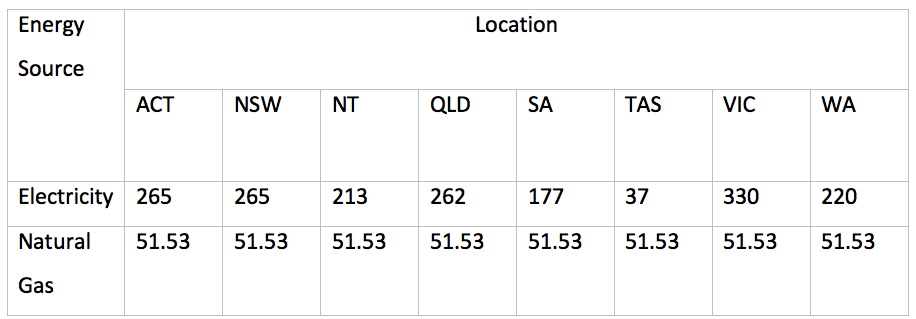
Reference: Table 3a – Greenhouse Gas Emissions Factors (NCC 2019 Building Code of Australia – Volume One)
The significant difference between ACT & NSW as compared to SA & TAS is due to the renewable energy used by different states. Whilst 93% of Tasmania’s power is renewable, predominantly from hydro-generated electricity, South Australia uses Solar and Battery renewable energy sources. This has a direct consequence in how high the conversion factor for greenhouse gas emission is.
Alongside this, a new factor has been introduced to assess JV3 which is thermal comfort. The Predicted Mean Vote (PMV) which stands among the most recognised thermal comfort model is included for assessment with the NCC 2019 in which the requirements are -1 to + 1 across 95% of the floor area (-1 = slightly cool, 1 = slightly warm). This small modification to this alternative solution, is definitely not difficult to achieve for the Australian climate but is a step forward in the right direction.
2) Other pathways
The other pathways are NABERS Energy, and Green Star. Major changes to adopting these methods include:
- Ensuring the NABERS energy pathway has a minimum of 5.5 stars commitment agreement for offices along with the same thermal comfort requirements like the JV3 pathway.
- Ensuring the Greenstar pathway’s greenhouse gas emissions estimate to approximately 90% less than the reference building.
- Adopting the new regulations and sealing requirements based on the building classes and climate zone of Building Envelope.
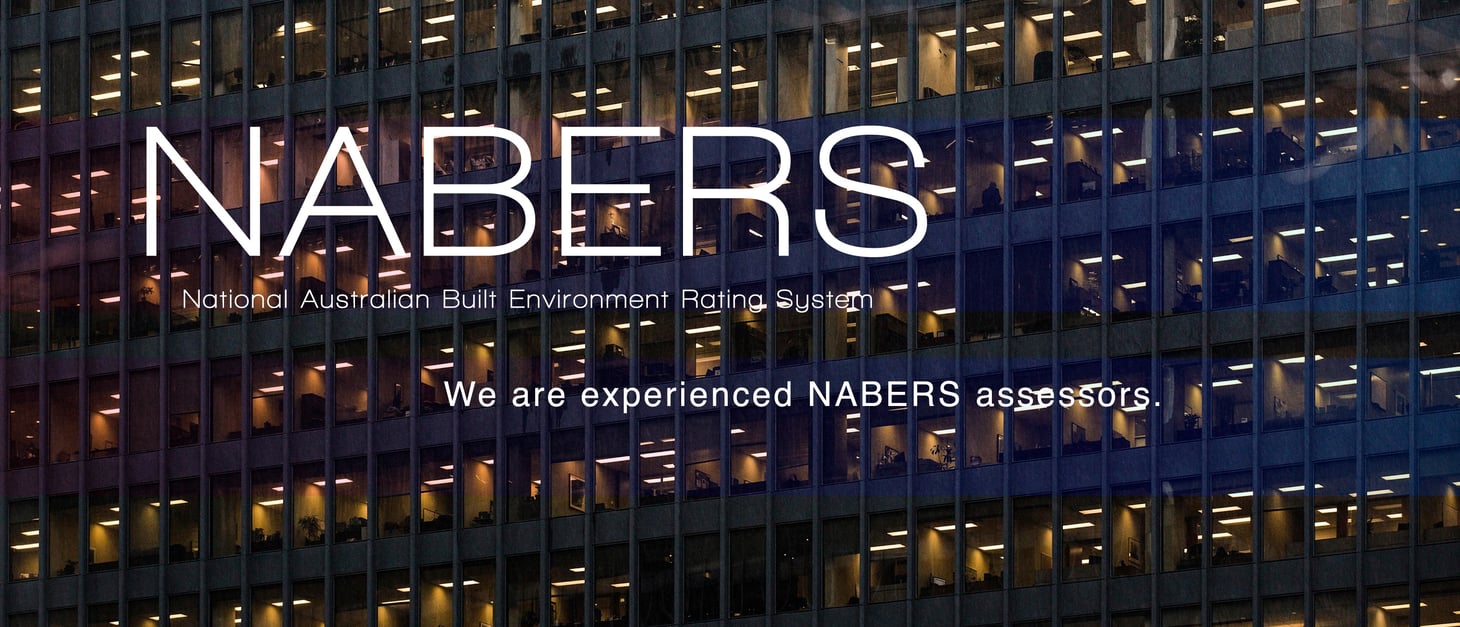
Whilst these are great options for compliance, these pathways have the risk of rarely being used due to the stringency and costs of the requirements. However, this method can be used in instances such as building a masonry church which requires limited insulation. ESD Consultant’s should always best advise their clients of what is the best appropriate method to adopt as per their client’s requirements. Nevertheless, all these performance pathways, will definitely bring a positive change in the energy efficiency Section J of Australia’s 2019 NCC.
By changing the base calculation units from kilowatt hours to greenhouse gas emissions and applying a more simplified approach to compliant glazing whereby glazing values can be traded between facades, an overall 30% reduction in energy was able to be created with a minimal increase to simple construction costs and an overall decrease in cost for most new buildings when factoring in the ability to select more cost effective glazing, reduction in mechanical plant sizing requirements and reduced wall insulation thicknesses. This means giving better returns for energy consumption and increasing the thermal comfort of the occupants. These changes are both innovative and demonstrate that improving energy efficiency does not have to cost more if we are prepared to build smarter. There is no need to be afraid of this new 2019 Construction Code as it relates to Building Fabric, overall expect designers to get more design flexibly and produce better performing buildings for the users.
Download the 2019 NCC Public Comment Draft PDF (Source below).
Source:
https://www.abcb.gov.au/Resources/Publications/NCC-2019-Public-Comment-Draft/NCC-2019-Volume-One
Reference: Table 1 - Results from the comparison between 5A 40% WWR models for both NCC2016 and NCC2019 (Energy Action NCC Section J Modelling Update)
Reference: Table 2 – Greenhouse Gas Emissions Factors (NCC 2019 Building Code of Australia – Volume One)





